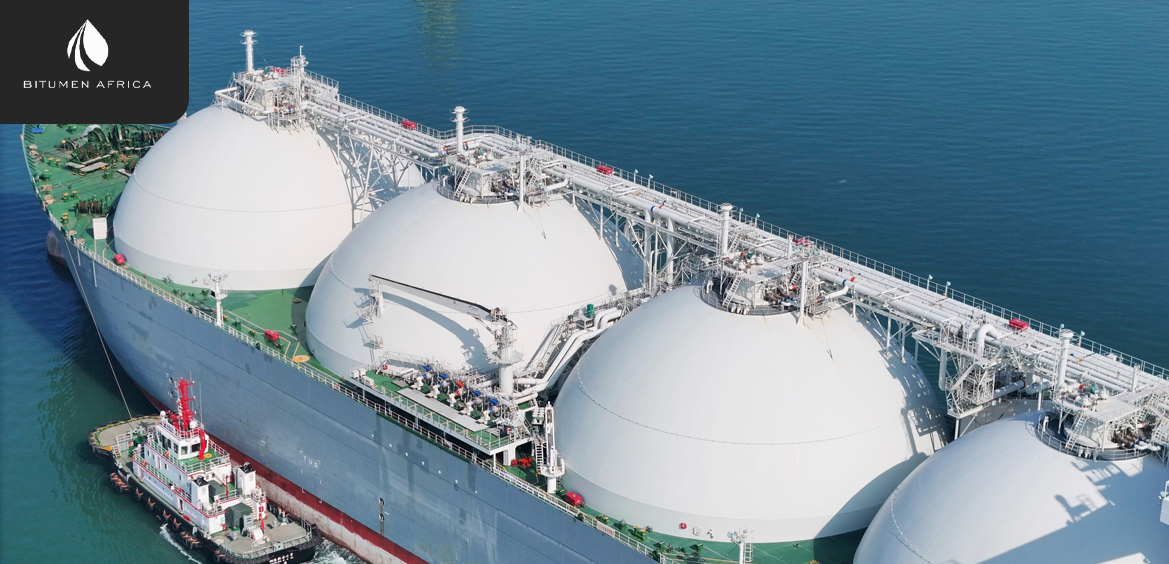China, once the world’s largest importer of Liquefied Natural Gas (LNG), is witnessing a sustained decline in its LNG imports, reversing the growth trajectory that had reshaped global energy flows. Since 2021, China had surpassed Japan as the top buyer, driving over 40% of Asia’s LNG import growth. However, this dominance is now faltering. As of June 2025, China’s imports had dropped 12% year-on-year to 5 million metric tons, marking the eighth consecutive month of decline. Forecasts for the full year predict a 6–11% reduction compared to 2024, challenging previous expectations that China’s LNG demand would continue rising until at least 2035.
The decline is being driven by multiple factors. A notable shift is China’s growing reliance on pipeline gas from Russia and Central Asia, along with a 6% rise in domestic gas production. In 2023, pipeline gas made up 41% of China’s total gas imports. Russia’s strategic redirection of gas exports from Europe to China is also a key component, with the Power of Siberia 1 pipeline nearing full capacity and the upcoming Power of Siberia 2 expected to add another 50 bcm annually. These developments are steadily reducing China’s dependency on LNG imports.
Geopolitical tensions have added to this dynamic. In March 2025, China halted LNG imports from the U.S. after former President Trump imposed a steep 125% tariff. This trade conflict prompted China to pivot to alternative suppliers like Qatar and Indonesia. Compounding this are economic pressures at home. A weakening industrial sector, impacted by a sluggish real estate market, reduced foreign investment, and falling export demand, has led to diminished gas consumption. Furthermore, a milder winter lowered the need for residential heating, particularly in northern China.
The impact of China’s LNG pullback is being felt globally. As Chinese demand weakens, excess LNG supply is flowing to other Asian nations and Europe, softening prices. Asian spot LNG prices fell to \$11/MMBtu in May 2025, down from \$16.50/MMBtu in February. Chinese firms have responded by reselling U.S. LNG cargoes to Europe and increasing deals with Middle Eastern and Asia-Pacific providers, disrupting long-term contracts with American exporters. This shift risks undermining the U.S.’s role as a growing LNG supplier.
China’s broader energy demand is also undergoing a transformation. Its crude oil consumption, especially in transportation, is declining for the first time in decades. In 2024, gasoline, diesel, and jet fuel demand fell 2.5% below 2021 levels, reflecting a move toward electric vehicles, reduced construction activity, and softer consumer spending. The International Energy Agency has projected that China’s use of petroleum for combustion has likely already peaked. Together, these trends suggest a fundamental reshaping of China’s energy profile, with significant consequences for global energy markets.

